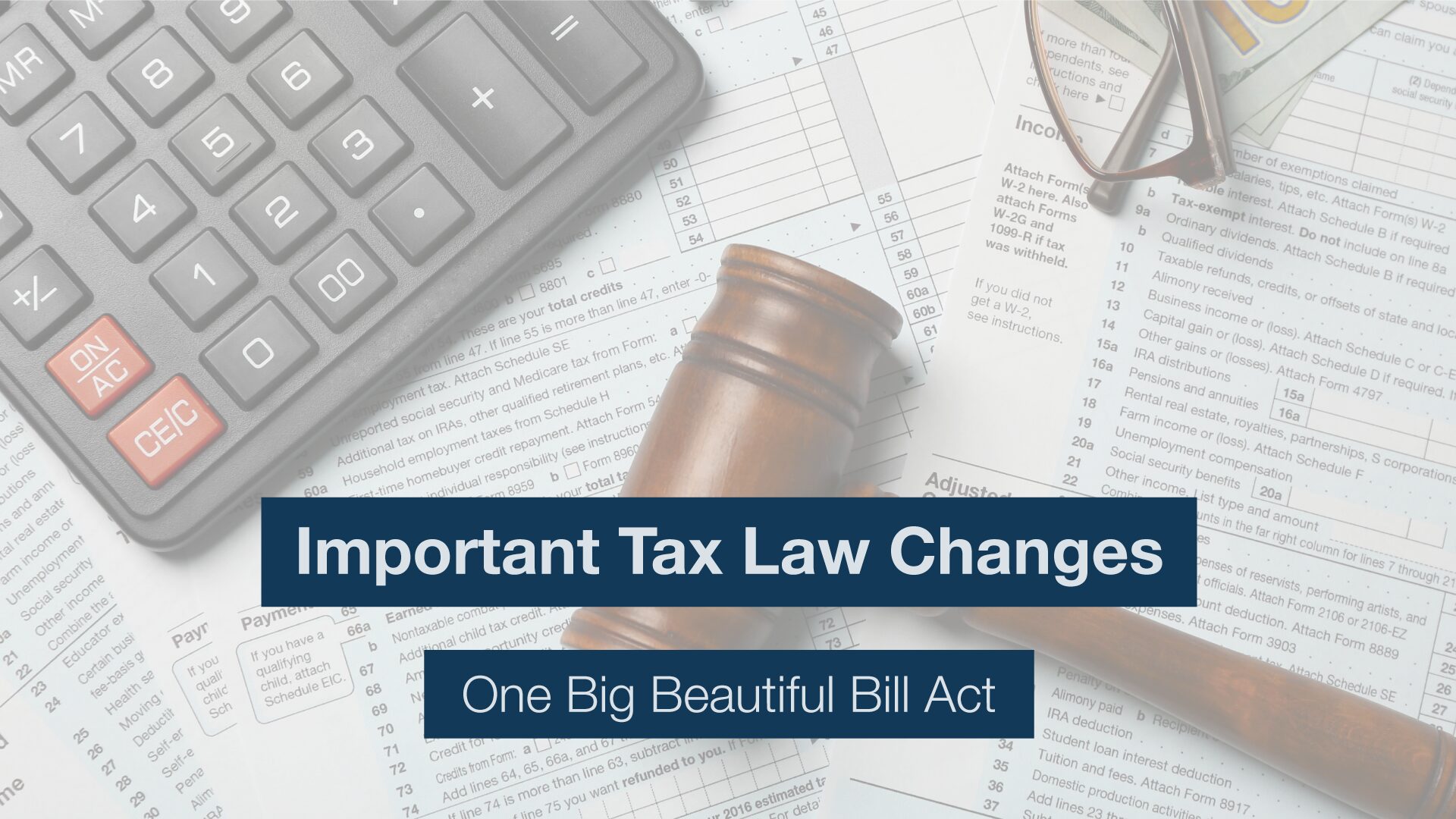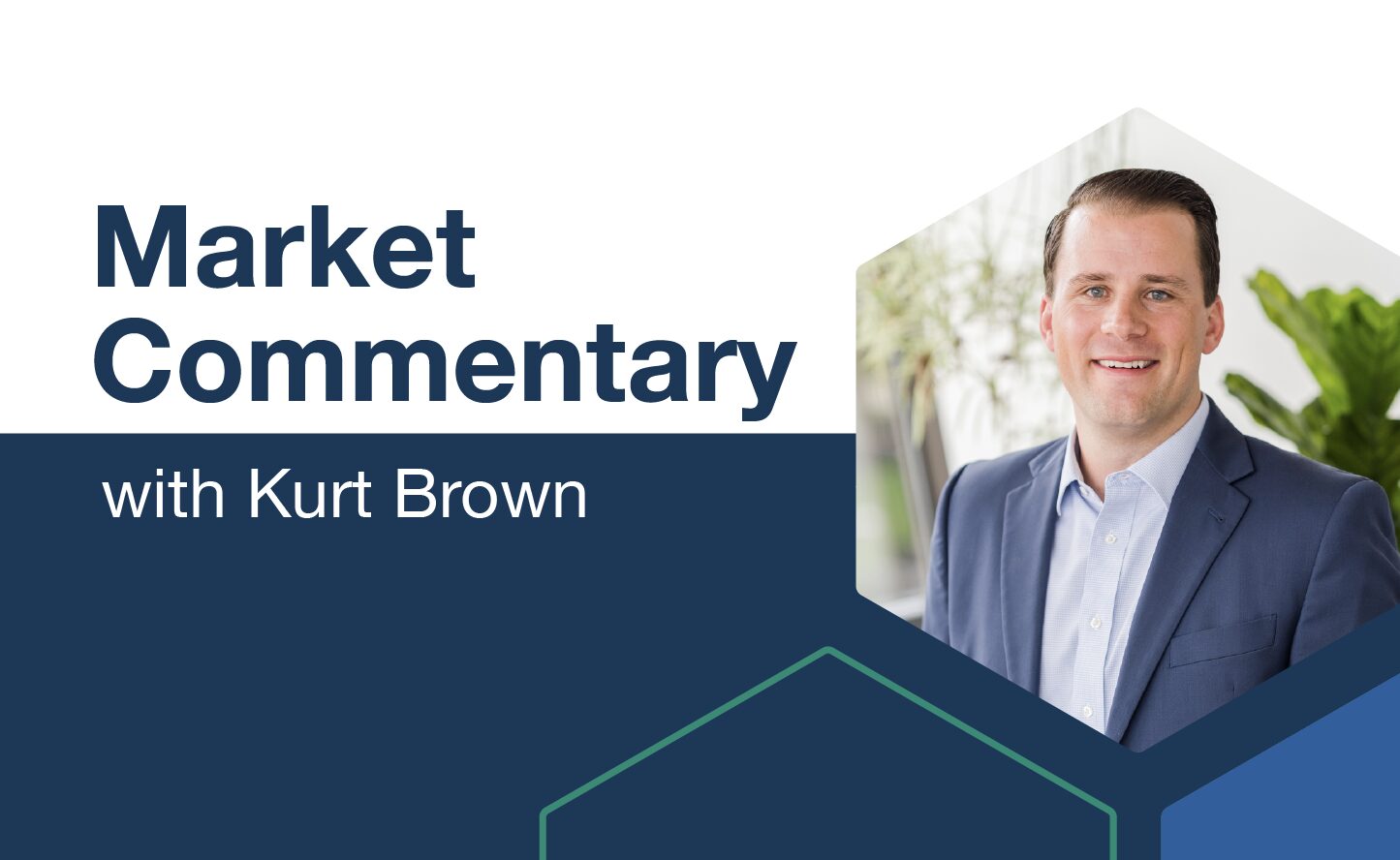October 2015 Financial Markets Summary
Stock markets rose yesterday, September 30, with the S&P 500 adding 1.5%. The gains ended a quarter that had the first real correction since 2011. At one point the index was down 12% from the 2015 peak, but ended the quarter down 7%. Most economists and money managers believe stocks are likely to recover in coming months. But an expected decline in corporate earnings growth, slower global growth, and probability of an interest rate hike will mean continued volatility for the markets.
As we have said in previous discussions, market corrections happen. Over the last 35 years, the S&P 500 has seen intra-year declines averaging 14%. Despite this, annual returns have been positive in 27 of 35 years. Corrections are normal, they happen, and we were long overdue. That does not make the current correction enjoyable, but it is nonetheless expected. Bear markets, on the other hand, do not just happen. External factors cause bear markets. History shows that certain conditions, including aggressive interest rate hikes, high inflation, extreme stock valuations, oil price spikes, and economic recessions, have all been associated with bear markets. Today, none of these seem to be on the horizon.
Let’s take a look at each of these factors. For sure, there is going to be no aggressive hike in interest rates. The Fed’s anticipated 0.25% hike was postponed last month. Signs point to this happening later this year, but even if it does occur, future increases will be cautious and very gradual. Inflation has also been a non-factor. CPI for August rose 0.2% on an annualized basis, and even excluding food and energy, was only 1.8%, below the Fed’s 2% target for 40 consecutive months.
Stock valuations are not extreme when compared to historical numbers. The current P/E ratio for the S&P 500 Index is 20.7, compared to the last 20-year average of more than 25. Many managers use estimated future earnings, and that number is only 16.5. Oil prices have fallen 48% in the last 12 months, and there is no indication of a spike in prices in the near future. In fact, commodity prices in general are depressed globally. Finally, there is nothing to suggest the U.S. is entering a recession. A slowly-growing economy, improving employment numbers, and the lack of inflation tell us a recession is not likely in the cards.
Times like this happen. They have happened in the past, and they will happen in the future. Despite the media hype, there has been no carnage, no bloodbath, and no meltdown. We remind folks to consider the pressure their withdrawals may be putting on their portfolios. Protect the money needed from your portfolio over the next 3-5 years by keeping it in cash, CDs, or short-maturity bonds. Note the advantage of a diversified allocation over the long haul, below. Even 10-year averages can change dramatically when there are big swings in the markets. As we always remind our readers, today’s headlines and tomorrow’s reality are seldom the same.
| Asset Index Category | Category | Category | Category | 10-Year |
| 2015 To-Date | 3 Months | 2014 | Average | |
| Dow Jones Industrials – Large Cos | -8.6% | -7.6% | 7.5% | 4.4% |
| S&P 500 Index – Large Companies | -6.8% | -6.9% | 11.3% | 4.6% |
| S&P 400 Index – Mid-Size Companies | -5.8% | -8.9% | 8.2% | 6.7% |
| Russell 2000 Index – Small Companies | -8.6% | -12.2% | 3.5% | 5.1% |
| MSCI EAFE Index – Developed Intl. | -7.4% | -10.8% | -4.9% | 0.2% |
| MSCI EM Index – Emerging Markets | -15.5% | -17.9% | -4.6% | 4.3% |
| Short-Term Domestic Bonds | 0.6% | -0.2% | 1.1% | 2.9% |
| Multi-Sector Bonds | 1.1% | -1.2% | 5.1% | 4.6% |
| Global Government Bonds | -3.6% | -1.2% | 1.7% | 3.8% |
| Bloomberg Commodity Index | -15.8% | -14.5% | -24.4% | -5.7% |
| Dow Jones U.S. Real Estate | -4.8% | -0.5% | 27.7% | 5.7% |
| World Allocation Global stocks, bonds, commodities | -6.3% | -6.7% | 1.5% | 3.8% |
Please remember that past performance may not be indicative of future results. Different types of investments involve varying degrees of risk, and there can be no assurance that any specific investment, strategy, or product or any non-investment related content, made reference to directly or indirectly in this newsletter, will be suitable for your individual situation, or prove successful. This material is distributed by PDS Planning, Inc. and is for information purposes only. Although information has been obtained from and is based upon sources PDS Planning believes to be reliable, we do not guarantee its accuracy. It is provided with the understanding that no fiduciary relationship exists because of this report. Opinions expressed in this report are not necessarily the opinions of PDS Planning and are subject to change without notice. PDS Planning assumes no liability for the interpretation or use of this report. Consultation with a qualified investment advisor is recommended prior to executing any investment strategy. No portion of this publication should be construed as legal or accounting advice. If you are a client of PDS Planning, please remember to contact PDS Planning, Inc., in writing, if there are any changes in your personal/financial situation or investment objectives. All rights reserved.



